Polio has serious sequelae and is at risk of returning in the context of low vaccination rates, so proactive vaccination is needed for prevention.
Many parents bring their children to the VNVC Vaccination System, saying that vaccines in the Expanded Immunization Program continue to run out, causing their children to not be vaccinated on schedule.
Mr. Le Van An (34 years old) gave his 3-month-old son the first 5-in-1 vaccine injection at VNVC Go Vap (HCMC). The man said that when his son was 2 months old, he had a vaccination schedule. However, the ward health station announced that it was out of 5-in-1 vaccine and oral polio vaccine. Every week, he went to ask about the vaccine situation but there was still a shortage. The family decided not to wait any longer and took their child to get the vaccine service.
"The child's great-grandfather had previously suffered from polio and had to use a wheelchair. Even though it has been three generations and the family's finances are still difficult, I am still worried that my son will get this disease if he delays vaccination. Therefore, I bought the vaccine package in installments, dividing the payment into several installments, which also eases the burden somewhat," said Mr. An.
Ms. Tran Thi Tu (35 years old) gave her 5-month-old son the 6-in-1 vaccine and her 5-year-old daughter the Tetraxim vaccine to prevent whooping cough, diphtheria, tetanus, and polio.
Ms. Tu said that her son was first vaccinated with the 5-in-1 vaccine for free at the health station, but by the time the third injection was scheduled, the vaccine had run out. Her daughter is about to enter first grade, so she also needs booster shots. Therefore, she took both children to VNVC to get vaccinated on schedule and be healthy enough to go to school.
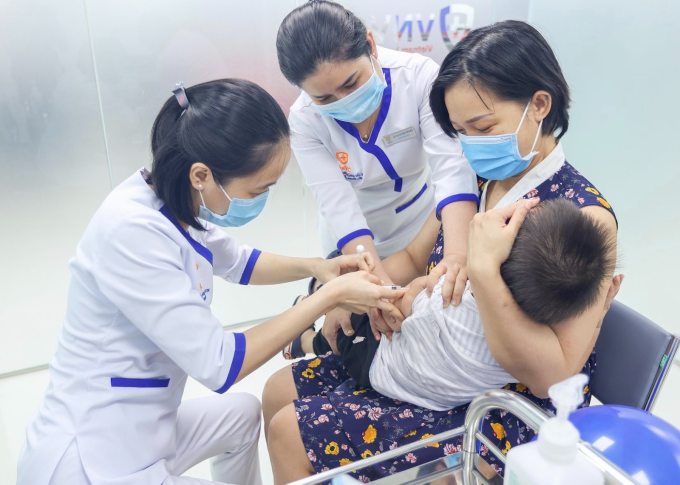
Children receive a booster shot of polio vaccine before going to school. Photo: Moc Thao
Doctor Bach Thi Chinh, Medical Director of the VNVC Vaccination System, said that polio is an acute infectious disease transmitted through the digestive tract. The disease can cause irreversible paralysis of limbs, hemiplegia or paralysis of the spinal cord, respiratory failure and death... Before Vietnam produced its own polio vaccine, the disease caused a huge burden on the health sector with an incidence rate of up to 126.44 per 100,000 people.
Since 1985, this vaccine has been included in the expanded immunization program for children under 1 year old nationwide. By 2000, WHO recognized Vietnam as having eradicated polio. Over the past decades, supplementary oral polio vaccination campaigns have been implemented in high-risk areas. Thanks to this, Vietnam is still maintaining its polio eradication achievements while the polio virus continues to circulate in the world .
According to Dr. Chinh, the continued scarcity of vaccines may cause many children to not be vaccinated on schedule, leading to a higher risk of contracting the disease. Meanwhile, polio has not been completely eradicated in the world, and there is a risk of it entering Vietnam.
In April, the National Institute of Hygiene and Epidemiology sent a document urging local Centers for Disease Control to vaccinate children born in 2021 and 2022 with IPV (injectable polio vaccine). The agency said that the World Health Organization (WHO) Western Pacific Regional Committee for Polio Eradication had warned and classified Vietnam from the group of low-risk countries to the group of countries with high risk of wild polio infiltration or the emergence of polio cases caused by genetically modified viruses.
In Vietnam, in 2021 and 2022, due to the impact of Covid-19 and social distancing, many localities also temporarily suspended regular vaccination, leading to the lowest vaccination rate for many types of vaccines in the past 20 years. In particular, the rate of oral bOPV and IPV vaccination in 2021 only reached 69.4% and 80.4%, in 2022 it reached 70.1% and 89.2%, the rate of second dose IPV vaccination reached 73%.
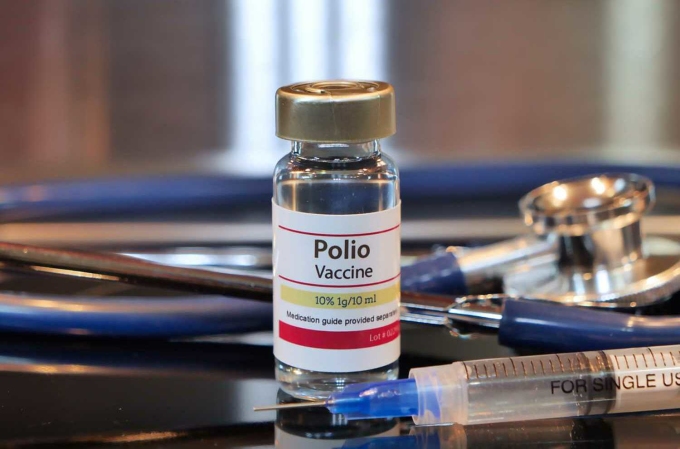
Polio vaccine helps reduce the incidence and mortality of this disease in children. Source: BTP
Therefore, Dr. Chinh recommends that all children need to be fully vaccinated on schedule to be best protected, avoiding delays, delays or skipping vaccinations. If the vaccination rate continues to decrease, community immunity will no longer be strong enough to protect unvaccinated children, and the risk of disease returning will be higher.
To raise awareness of disease prevention, October 24 is chosen as World Polio Day. This year, the US CDC and the Global Polio Eradication Initiative (GPEI) have launched the Make Polio History call to move towards a world without polio and honor the tireless contributions of those on the front lines in the fight to eliminate polio worldwide.
In Vietnam, the Expanded Immunization Program is deploying two types of polio vaccines, including the oral vaccine OPV and the injectable vaccine IPV. WHO has recommended gradually switching the polio vaccine from oral to injectable doses.
According to Dr. Chinh, families can proactively vaccinate their children with combination vaccines in the service vaccination program that contain polio components such as: 6-in-1 vaccine Infanrix Hexa, 6-in-1 Hexaxim, 5-in-1 vaccine Pentaxim, 4-in-1 vaccine Tetraxim. These vaccines are safe and can be given to children from 6 weeks of age. Children need to receive booster shots of these vaccines when they are 4 to 6 years old because immunity from injections before the age of 2 gradually decreases over time.
Nhat Linh
Source link




![[Photo] General Secretary To Lam attends the conference to review 10 years of implementing Directive No. 05 of the Politburo and evaluate the results of implementing Regulation No. 09 of the Central Public Security Party Committee.](https://vphoto.vietnam.vn/thumb/1200x675/vietnam/resource/IMAGE/2025/5/19/2f44458c655a4403acd7929dbbfa5039)
![[Photo] Prime Minister Pham Minh Chinh inspects the progress of the National Exhibition and Fair Center project](https://vphoto.vietnam.vn/thumb/1200x675/vietnam/resource/IMAGE/2025/5/19/35189ac8807140d897ad2b7d2583fbae)

![[Photo] President Luong Cuong presents the 40-year Party membership badge to Chief of the Office of the President Le Khanh Hai](https://vphoto.vietnam.vn/thumb/1200x675/vietnam/resource/IMAGE/2025/5/19/a22bc55dd7bf4a2ab7e3958d32282c15)
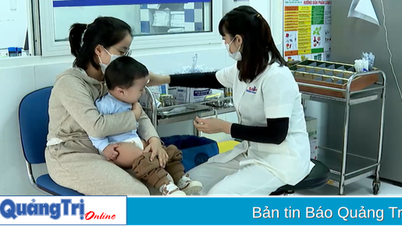

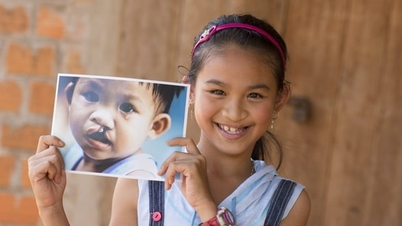





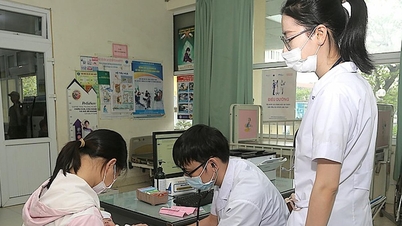

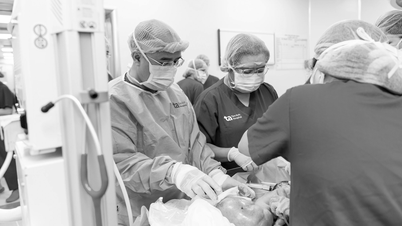

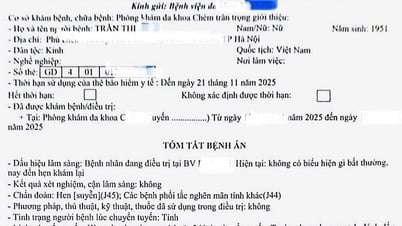
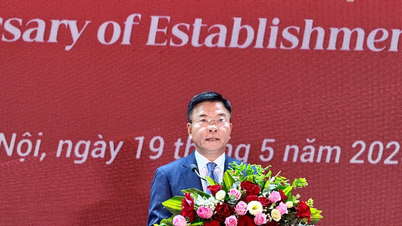





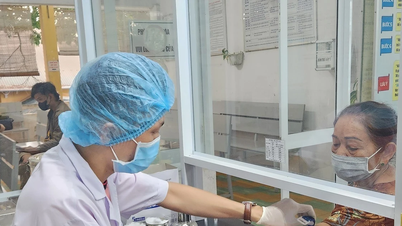










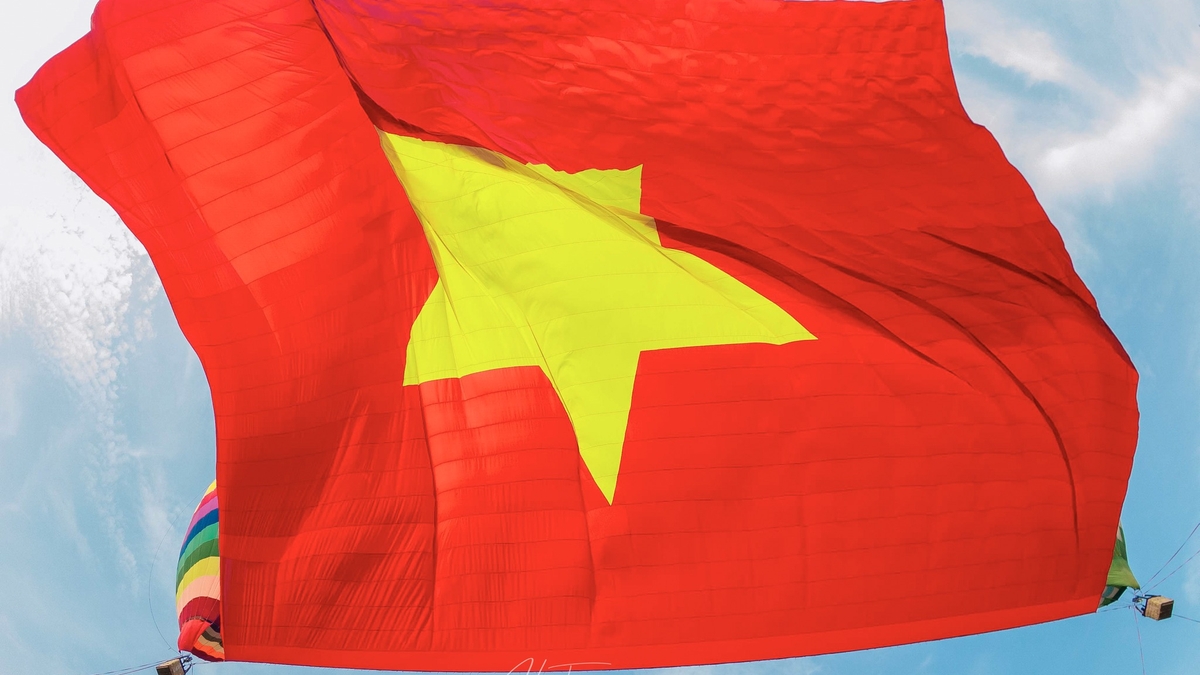












































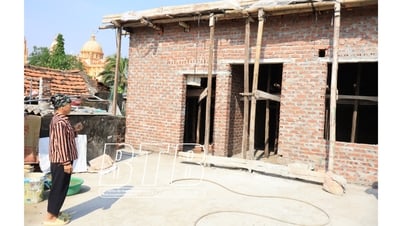

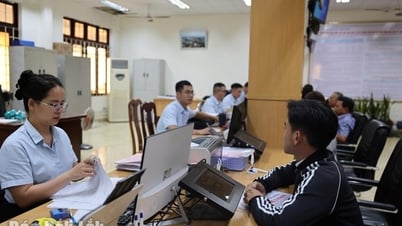

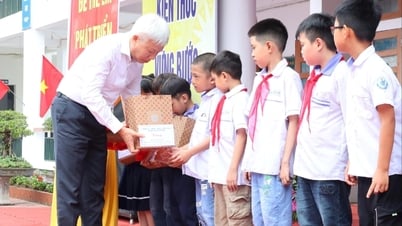











![[VIDEO] - Enhancing the value of Quang Nam OCOP products through trade connections](https://vphoto.vietnam.vn/thumb/402x226/vietnam/resource/IMAGE/2025/5/17/5be5b5fff1f14914986fad159097a677)





Comment (0)